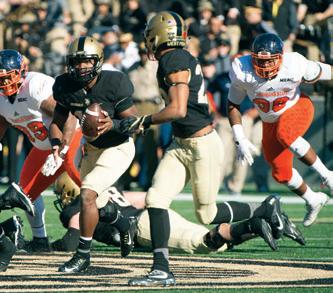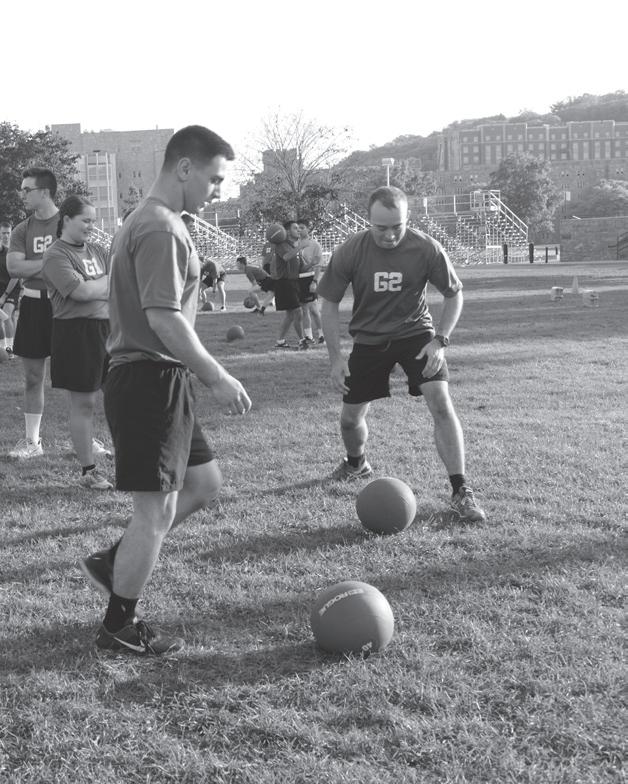
1 minute read
Physical
Company Functional Physical Fitness Training And Company Athletics Build Cooperative Skills And Competitive Spirit
ROLLING ALONG
Advertisement
Functional Fitness exercise is regularly conducted at the company level. Here, G-2 cadets build strength through hands-on meaningful challenges designed to relate to field applications.
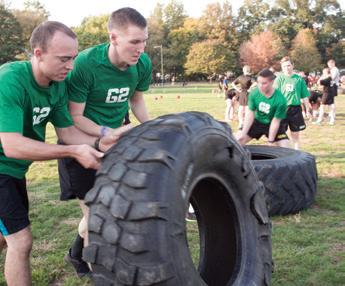
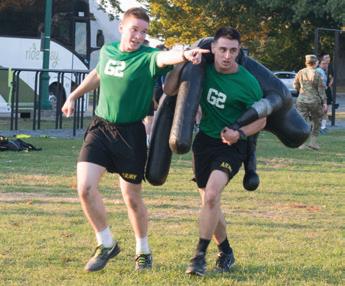
“ON THE FIELDS OF FRIENDLY STRIFE”
Company athletics at West Point is not your typical “intramural” program at a civilian university. The West Point Company Athletics Program provides a competitive sport experience designed to develop future Army officers. The name “company athletics” serves as a reminder that this is an athletics program committed to teaching Army Values, cultivating the warrior ethos, and instilling pride in the military culture.
“EVERY CADET AN ATHLETE”
Cadet participation in competitive sports is required at the company, club or Intercollegiate/Corps Level
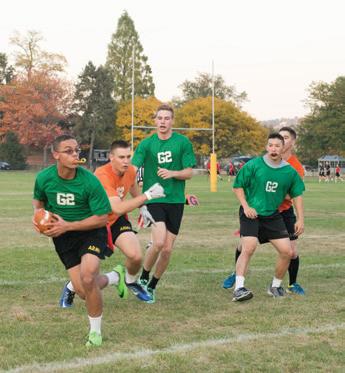
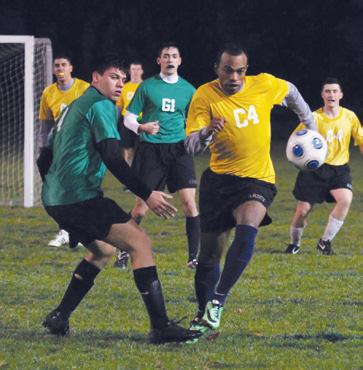
Studying Fitness: The Human Performance Lab
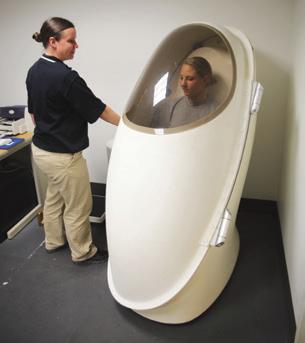
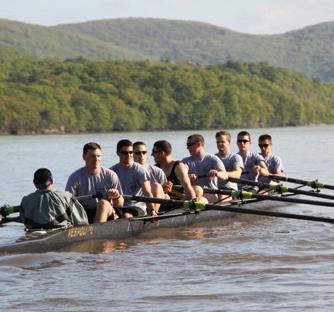
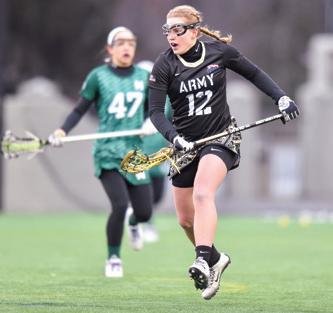
While most people think of “gyms” and “playing fields” when they think of physical fitness, Dr. Jesse Germain ’87 thinks of a “lab,” the Human Performance Lab (HPL) to be precise. Germain, an Academy Professor with the Department of Physical Education and Director of its Kinesiology major, runs the HPL, a 3,000-square-foot facility in the basement of Arvin Cadet Physical Development Center dedicated to studying both health-related and functional fitness. “HPL allows cadets to do scientific research to draw conclusions that might assist them as fitness leaders of small units in the Army,” says Germain. The HPL has several pieces of equipment to aid in this research, including a metabolic cart (which allows for VO2 testing and other physiological testing), biomechanical and other force production equipment, force plates, bio-markers (worn devices that show researchers what muscles are firing and how intense they are firing during physical activity), a DEXA machine, and a “Bod-Pod” (these last two devices measure body composition). In addition to faculty research done for the Army, HPL supports the disciplinary requirements of the Kinesiology major and helps cadets understand the science behind classroom topics such as exercise physiology, bio-mechanics, nutrition, and exercise testing and prescription. Finally, HPL allows Kinesiology majors to conduct individual research projects. In 2016, for example, HPL helped one cadet show the effects of Power Riser Stilt Bionics adaptations on the human body, allowed another to perform a comparison of muscle activation between the deadlift and the power clean lift, and assisted a third in demonstrating the effects of shoulder injuries on traditional push-up performance.
